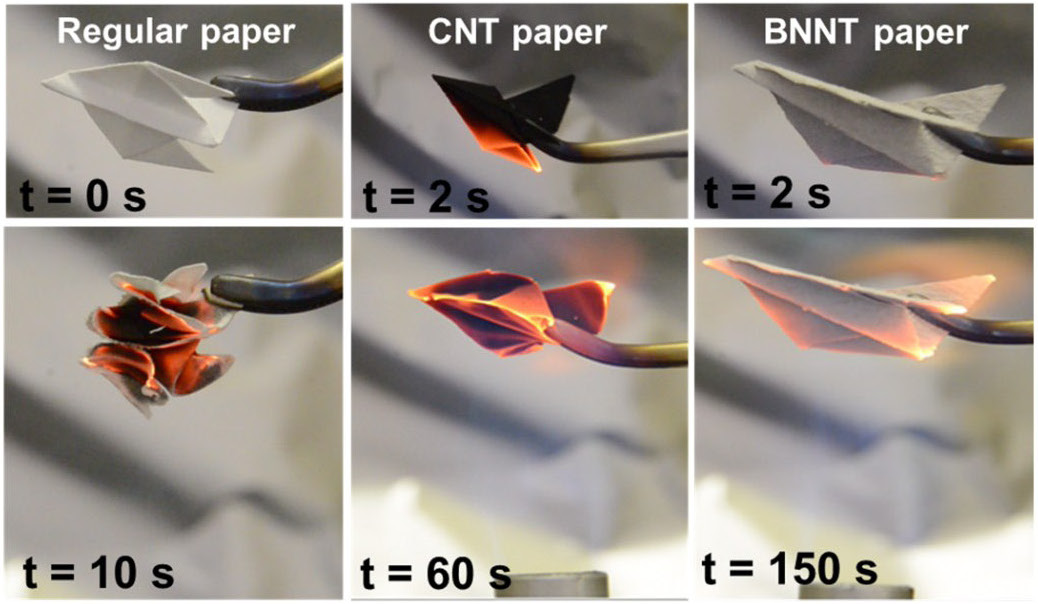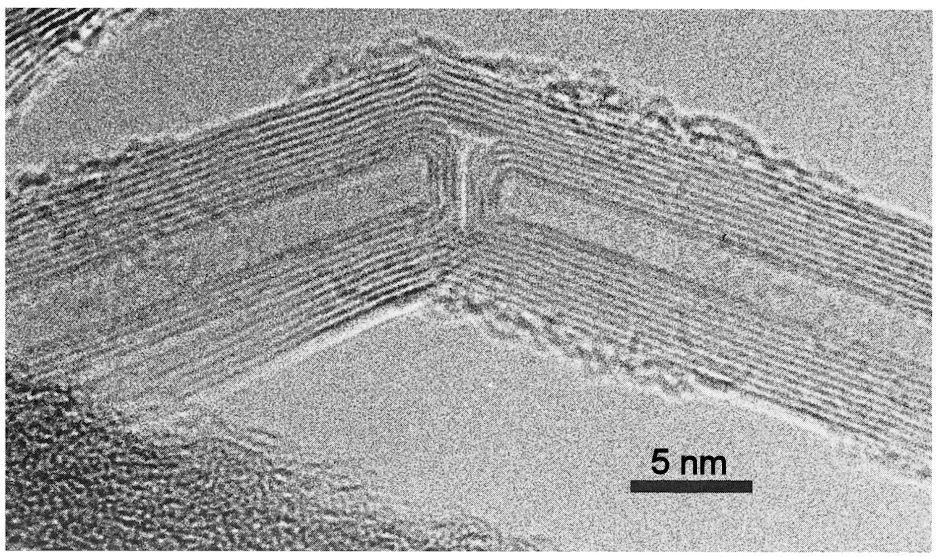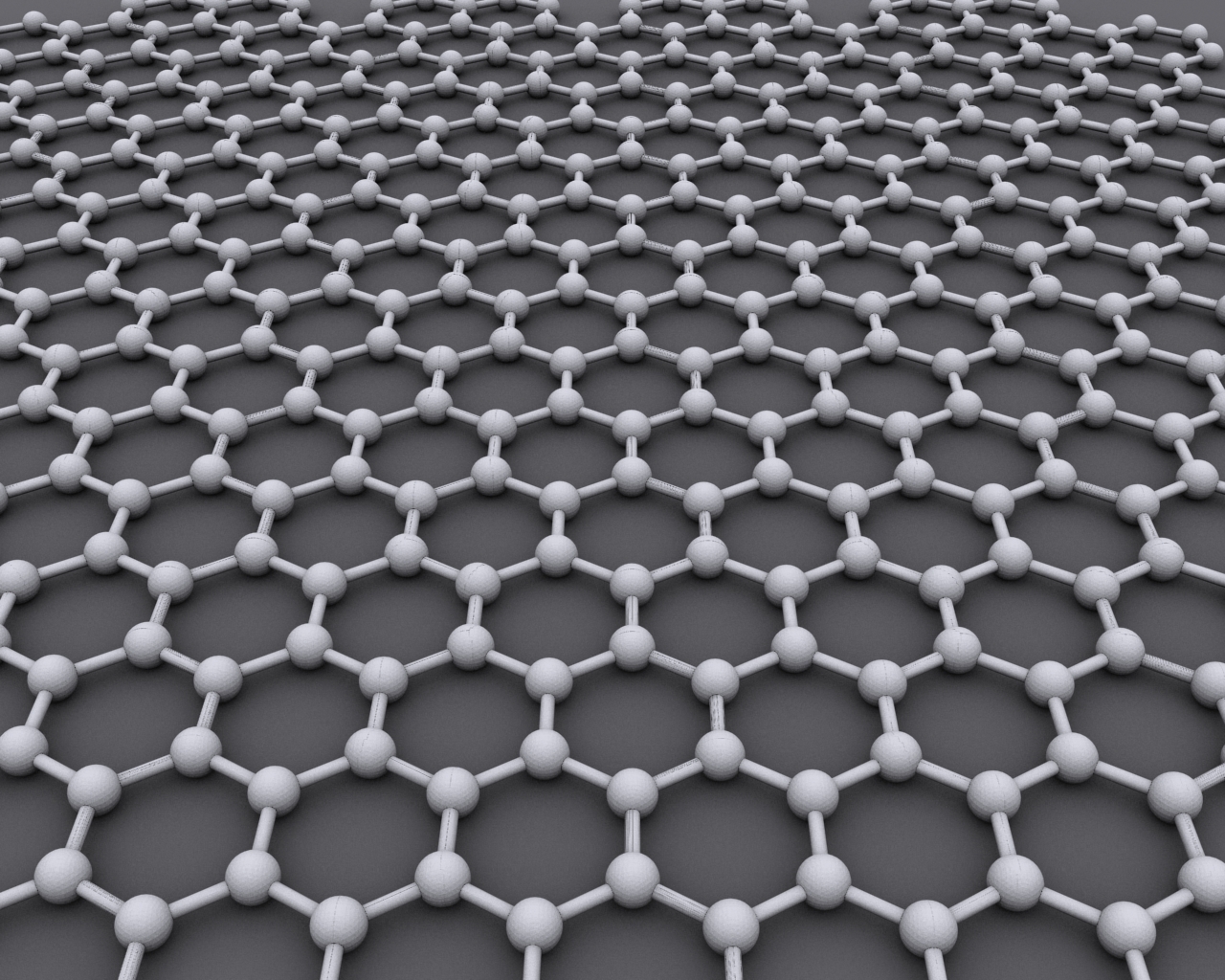|
Buckypaper
Buckypaper is a thin sheet made from an aggregate of carbon nanotubes or carbon nanotube grid paper. The nanotubes are approximately 50,000 times thinner than a human hair. Originally, it was fabricated as a way to handle carbon nanotubes, but it is also being studied and developed into applications by several research groups, showing promise as vehicle armor, personal armor, and next-generation electronics and displays. Background Buckypaper is a macroscopic aggregate of carbon nanotubes (CNT), or "buckytubes". It owes its name to the buckminsterfullerene, the 60 carbon fullerene (an allotrope of carbon with similar bonding that is sometimes referred to as a "Buckyball" in honor of R. Buckminster Fuller). Synthesis The generally accepted methods of making CNT films involves the use of surfactants, such as Triton X-100 and sodium lauryl sulfate, which improves their dispersibility in aqueous solution. These suspensions can then be membrane filtered under positive or negativ ... [...More Info...] [...Related Items...] OR: [Wikipedia] [Google] [Baidu] |
Frit Compression
Frit compression is the technique used to fabricate buckypaper and buckydiscs from a suspension of carbon nanotubes in a solvent. This is a quick, efficient method over surfactant-casting or acid oxidation filtration of carbon nanotubes. Background Traditional methods of buckypaper production involves the use of surfactants to disperse carbon nanotubes into aqueous solutions. It was found that filtering this suspension allowed the nanotubes to pack together in a paper-like mat, thus coining the term "buckypaper" (bucky being the reference to the buckminsterfullerene molecule). The problem was the difficulty in removing the surfactant afterwards, where the surfactant has been linked with cell lysis and tissue inflammation. Acid oxidation of carbon nanotubes can also be used in filtration to form buckypaper, but requires a high degree of surface acidic groups in order to obtain efficient dispersal in aqueous solution. Synthesis An alternative casting method was developed in 2008 to ... [...More Info...] [...Related Items...] OR: [Wikipedia] [Google] [Baidu] |
Potential Applications Of Carbon Nanotubes
Carbon nanotubes (CNTs) are cylinders of one or more layers of graphene (lattice). Diameters of single-walled carbon nanotubes (SWNTs) and multi-walled carbon nanotubes (MWNTs) are typically 0.8 to 2 nm and 5 to 20 nm, respectively, although MWNT diameters can exceed 100 nm. CNT lengths range from less than 100 nm to 0.5 m. Individual CNT walls can be metallic or semiconducting depending on the orientation of the lattice with respect to the tube axis, which is called chirality. MWNT's cross-sectional area offers an elastic modulus approaching 1 TPa and a tensile strength of 100 GPa, over 10-fold higher than any industrial fiber. MWNTs are typically metallic and can carry currents of up to 109 A cm−2. SWNTs can display thermal conductivity of 3500 W m−1 K−1, exceeding that of diamond. , carbon nanotube production exceeded several thousand tons per year, used for applications in energy storage, device modelling, automotive parts, boat hulls, sporting goods, ... [...More Info...] [...Related Items...] OR: [Wikipedia] [Google] [Baidu] |
Graphene Oxide Paper
Graphene oxide paper or graphite oxide paper is a material fabricated from graphite oxide. Micrometer thick films of graphene oxide paper are also named as graphite oxide membranes (in the 1960s) or (more recently) graphene oxide membranes. The membranes are typically obtained by slow evaporation of graphene oxide solution or by the filtration method. The material has exceptional stiffness and strength, due to the intrinsic strength of the two-dimensional graphene backbone and to its interwoven layer structure which distributes loads. Preparation The starting material is water-dispersed graphene oxide flakes. The aqueous dispersion is vacuum filtrated to produce free standing foils. The thickness of these foils is typically in the range of 0.1-50 micrometers. Depending on application the graphene oxide laminates are named either as papers or as membranes. Alternative methods to prepare free standing graphene oxide multilayers/laminates is to use repeated drop casting or spin co ... [...More Info...] [...Related Items...] OR: [Wikipedia] [Google] [Baidu] |
Vanadium Redox Battery
The vanadium redox battery (VRB), also known as the vanadium flow battery (VFB) or vanadium redox flow battery (VRFB), is a type of rechargeable flow battery. It employs vanadium ions as charge carriers. The battery uses vanadium's ability to exist in a solution in four different oxidation states to make a battery with a single electroactive element instead of two. For several reasons, including their relative bulkiness, vanadium batteries are typically used for grid energy storage, i.e., attached to power plants/electrical grids. Pissoort explored the possibility of VRFB's in the 1930s.P. A. Pissoort, in FR Patent 754065 (1933) NASA researchers and Pellegri and Spaziante followed suit in the 1970s,A. Pelligri and P. M. Spaziante, in GB Patent 2030349 (1978), to Oronzio de Nori Impianti Elettrochimici S.p.A. but neither was successful. Maria Skyllas-Kazacos presented the first successful demonstration of dissolved vanadium in a solution of sulfuric acid in the 1980s.M. Rych ... [...More Info...] [...Related Items...] OR: [Wikipedia] [Google] [Baidu] |
Carbon Nanotube
A scanning tunneling microscopy image of a single-walled carbon nanotube Rotating single-walled zigzag carbon nanotube A carbon nanotube (CNT) is a tube made of carbon with diameters typically measured in nanometers. ''Single-wall carbon nanotubes'' (''SWCNTs'') are one of the allotropes of carbon, intermediate between fullerene cages and flat graphene, with diameters in the range of a nanometre. Although not made this way, single-wall carbon nanotubes can be idealized as cutouts from a two-dimensional hexagonal lattice of carbon atoms rolled up along one of the Bravais lattice vectors of the hexagonal lattice to form a hollow cylinder. In this construction, periodic boundary conditions are imposed over the length of this roll-up vector to yield a helical lattice of seamlessly bonded carbon atoms on the cylinder surface. ''Multi-wall carbon nanotubes'' (''MWCNTs'') consisting of nested single-wall carbon nanotubes weakly bound together by van der Waals interactions in a ... [...More Info...] [...Related Items...] OR: [Wikipedia] [Google] [Baidu] |
Fullerene
A fullerene is an allotrope of carbon whose molecule consists of carbon atoms connected by single and double bonds so as to form a closed or partially closed mesh, with fused rings of five to seven atoms. The molecule may be a hollow sphere, ellipsoid, tube, or many other shapes and sizes. Graphene (isolated atomic layers of graphite), which is a flat mesh of regular hexagonal rings, can be seen as an extreme member of the family. Fullerenes with a closed mesh topology are informally denoted by their empirical formula C''n'', often written C''n'', where ''n'' is the number of carbon atoms. However, for some values of ''n'' there may be more than one isomer. The family is named after buckminsterfullerene (C60), the most famous member, which in turn is named after Buckminster Fuller. The closed fullerenes, especially C60, are also informally called buckyballs for their resemblance to the standard ball of association football ("soccer"). Nested closed fullerenes have been ... [...More Info...] [...Related Items...] OR: [Wikipedia] [Google] [Baidu] |
Vehicle Armor
Military vehicles are commonly armoured (or armored; see spelling differences) to withstand the impact of shrapnel, bullets, shells, rockets, and missiles, protecting the personnel inside from enemy fire. Such vehicles include armoured fighting vehicles like tanks, aircraft, and ships. Civilian vehicles may also be armoured. These vehicles include cars used by officials (e.g., presidential limousines), reporters and others in conflict zones or where violent crime is common. Civilian armoured cars are also routinely used by security firms to carry money or valuables to reduce the risk of highway robbery or the hijacking of the cargo. Armour may also be used in vehicles to protect from threats other than a deliberate attack. Some spacecraft are equipped with specialised armour to protect them against impacts from micrometeoroids or fragments of space debris. Modern aircraft powered by jet engines usually have them fitted with a sort of armour in the form of an aramid compo ... [...More Info...] [...Related Items...] OR: [Wikipedia] [Google] [Baidu] |
Carbon Nanotubes
A scanning tunneling microscopy image of a single-walled carbon nanotube Rotating single-walled zigzag carbon nanotube A carbon nanotube (CNT) is a tube made of carbon with diameters typically measured in nanometers. ''Single-wall carbon nanotubes'' (''SWCNTs'') are one of the allotropes of carbon, intermediate between fullerene cages and flat graphene, with diameters in the range of a nanometre. Although not made this way, single-wall carbon nanotubes can be idealized as cutouts from a two-dimensional hexagonal lattice of carbon atoms rolled up along one of the Bravais lattice vectors of the hexagonal lattice to form a hollow cylinder. In this construction, periodic boundary conditions are imposed over the length of this roll-up vector to yield a helical lattice of seamlessly bonded carbon atoms on the cylinder surface. ''Multi-wall carbon nanotubes'' (''MWCNTs'') consisting of nested single-wall carbon nanotubes weakly bound together by van der Waals interactions in a ... [...More Info...] [...Related Items...] OR: [Wikipedia] [Google] [Baidu] |
Electromagnetism
In physics, electromagnetism is an interaction that occurs between particles with electric charge. It is the second-strongest of the four fundamental interactions, after the strong force, and it is the dominant force in the interactions of atoms and molecules. Electromagnetism can be thought of as a combination of electricity and magnetism, two distinct but closely intertwined phenomena. In essence, electric forces occur between any two charged particles, causing an attraction between particles with opposite charges and repulsion between particles with the same charge, while magnetism is an interaction that occurs exclusively between ''moving'' charged particles. These two effects combine to create electromagnetic fields in the vicinity of charge particles, which can exert influence on other particles via the Lorentz force. At high energy, the weak force and electromagnetic force are unified as a single electroweak force. The electromagnetic force is responsible for ma ... [...More Info...] [...Related Items...] OR: [Wikipedia] [Google] [Baidu] |
Graphene
Graphene () is an allotrope of carbon consisting of a Single-layer materials, single layer of atoms arranged in a hexagonal lattice nanostructure. "Carbon nanostructures for electromagnetic shielding applications", Mohammed Arif Poothanari, Sabu Thomas, et al., ''Industrial Applications of Nanomaterials'', 2019. "Carbon nanostructures include various low-dimensional allotropes of carbon including carbon black (CB), carbon fiber, carbon nanotubes (CNTs), fullerene, and graphene." The name is derived from "graphite" and the suffix -ene, reflecting the fact that the graphite allotrope of carbon contains numerous double bonds. Each atom in a graphene sheet is connected to its three nearest neighbors by a strong σ-bond, and contributes to a valence band one electron that extends over the whole sheet. This is the same type of b ... [...More Info...] [...Related Items...] OR: [Wikipedia] [Google] [Baidu] |





